Features
SDGs 2030: All eyes on the Youths
Published
10 years agoon
By
Olu Emmanuel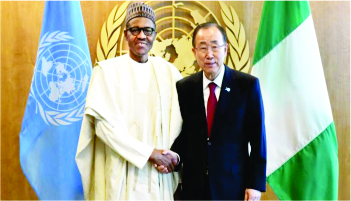
The United Nations General Assembly finally adopted the new Sustainable Development Goals to help the world out of its social, economic and environmental miseries by 2030. But the lofty ideals may remain a pipe dream without the Innovative ideas of the youth population
By GBENGA OGUNDARE
THREE billion people, nearly half the world’s population, is under the age of 25, says the World Bank. And for apparent reasons, development experts say this young population will be the community most affected by the outcomes of the 2030 Agenda for Sustainable Development embodied in the Sustainable Development Goals (SDGs) adopted by the United Nations General Assembly on 25 September, 2015.
For one, they argue that the innovative and fresh ideas to tackle the new challenges the world faces will need to come from the youth, in particular,in addition to contributing to the solutions necessary to attain them.
The SDGs will help to end global hunger and all forms of malnutrition and poverty by 2030, along with all urban slums around the world. Halve the number of deaths from road accidents globally -an estimated 1.24 million in 2010, according to the World Health Organization-and “reduce levels of violence and halve related death rates everywhere” by the same date.
By any means, it will make sure that the income of the bottom 40 percent of the population in all countries grows faster than the national average. Achieve “global resource efficiency,” and try to separate economic growth from “environmental degradation and resource use” everywhere over the next decade and a half.
“poverty eradication is the greatest challenge facing the world today, and climate change is one of the greatest challenges of our time…’ the SDGs document reads. A multi-trillion dollars ambitious agenda, the goals encompass the economic, social, and environmental dimensions of development. But to realize this vision, experts say a just-as-ambitious plan for financing and implementation is needed.
The financing for development conference held in Addis Ababa last July is one of the series of interventions initiated by global development experts to walk the talk. And it provided an outcome document outlining the financing for development framework to support the SDGs and the next 15 years.
Not a few agreed that youth engagement throughout the design and implementation of the SDGs is critical for success. Ideas for Action (I4A), a youth development finance competition jointly organized by the World Bank Group (WBG) and the Wharton School of Business, particularly encourages young people around the world to develop and share their ideas for financing solutions to help implement the SDGs.
The I4A competition values the ideas, inspiration, and leadership of those who will soon assume global and local responsibility for sustainable development. so it offers the winners something more attractive than a financial prize, access and opportunity.
It provides opportunities for the next generation of leaders to contribute to the actions needed to attain the SDGs, and as such take ownership over its implementation. It also provides access to some of the leading professionals in the global development industry and the private sector.
The I4A competition itself was driven by youth, which have been involved in every step of the process from design to delivery. The first round of the competition drew global interest, reaching over 260 universities and organizations and 26,000 online users. The highest representation came from India, Nigeria, and Peru.
Participants from 130 countries formed 330 teams to submit proposals to the inaugural Ideas for Action competition. The I4A winning teams and runners-up had practical approaches to their solutions, which included providing alternative workable scenarios or enhancing existing solutions through the utilization of new technologies.
I4A’s winning team, a small diverse group from the University of Pennsylvania, spent more than four months developing their winning idea. The team proposes creating two micro-insurance products for families heavily dependent on remittances: one to insure the stream of remittance income in case, for example, a worker falls sick, and one to redirect a portion of the remittance as health insurance for the family.
The second-place team, coming from Nigeria, proposes the development of an automated warehousing receipt system for improving access to customized financing for smallholder farmers in rice value chains in Nigeria. Through an innovative PPP model, the proposal demonstrates the potential of private and public sector resources to improve smallholder farmers’ access to financing. By using movable assets, such as inventory, as collateral to secure loans, smallholder farmers can get better access to agricultural inputs.
To ensure that communities can access the essential services they need, the third-placed team, from Peru, proposes a four-pronged approach to help local governments better prioritize community needs and engage local communities in how mining revenues are spent, namely to channel the investment of mining royalties into projects, designate an external agent of information and control as a mediator between the local government and communities, establish a project incubator and implement a system to enforce sanctions against violations.
One of the runner up teams proposes a dynamic online database of registered nonprofit organizations and selected social sector objectives that seeks to drive strategic philanthropy by making data transparent and accessible in the Philippines.
Another runner-up team, emphasizes that access to clean cookstove technology for citizens at the base of the economic pyramid can be directly improved through a participatory model of development impact bonds (DIBs). Their proposed bond model enhances the current structure of DIBs financially, while also building in an innovative component that supports local training, education, and knowledge sharing.
The final runner-up, looked into a crowdfunding marketplace as a potential avenue to raise money for development. This proposal outlines how the World Bank can test new funding mechanisms using Internet-based donation platforms.
The winning proposals included in a recently published book as well as the 330 submissions received have demonstrated the innovative potential of the youth empowered by technology and sophisticated social media networks. Young professionals are clearly well equipped to think of creative solutions to tough development challenges.
It is with the hope that this initiative will provide additional space for the next generation of leaders and creative practitioners to break away from existing approaches on development issues. The expectation is that it will help young professionals change the conversation about development in their own companies and organizations, and will lead to distinct, lasting, and substantial impact on development outcomes including the SDGs.
The second wave of the Ideas for Action competition was announced in Lima, Peru at the 2015 World Bank Group-IMF Annual Meetings and is already underway.
Trending
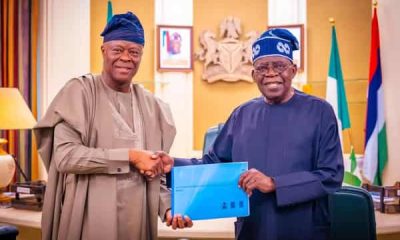
 Business1 week ago
Business1 week agoPresident Tinubu, Minister Wale Edun and Nigeria’s Fiscal Profile: The Truth and the Lies

 Business1 week ago
Business1 week agoControversy trails Dangote Refinery as stakeholders Allege systemic pushback against local investment

 Latest3 days ago
Latest3 days agoNigeria’s kidnap-for-ransom industry nets N2.57bn in one year
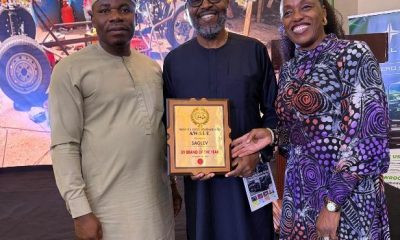
 Business1 week ago
Business1 week agoSAGLEV clinches 2025 Nigeria EV Brand of the Year Award
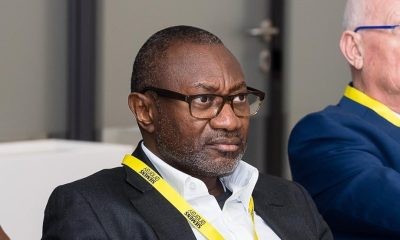
 Business1 week ago
Business1 week agoOtedola deepens grip on FirstHoldCo with Fresh N14.8bn Share Purchase
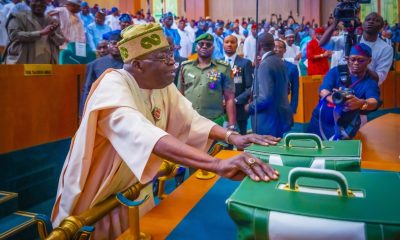
 Business1 week ago
Business1 week agoBudgIT faults Tinubu over 2026 budget presentation, cites missing 2025 performance report
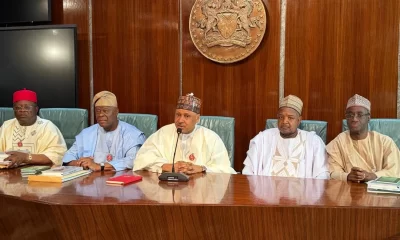
 Politics1 week ago
Politics1 week agoFEC approves N58.4 7trn for 2026 budget proposal
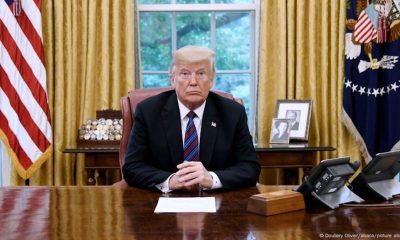
 Latest4 days ago
Latest4 days agoU.S. to enforce partial visa suspension on Nigeria, 18 other countries from January 2026

